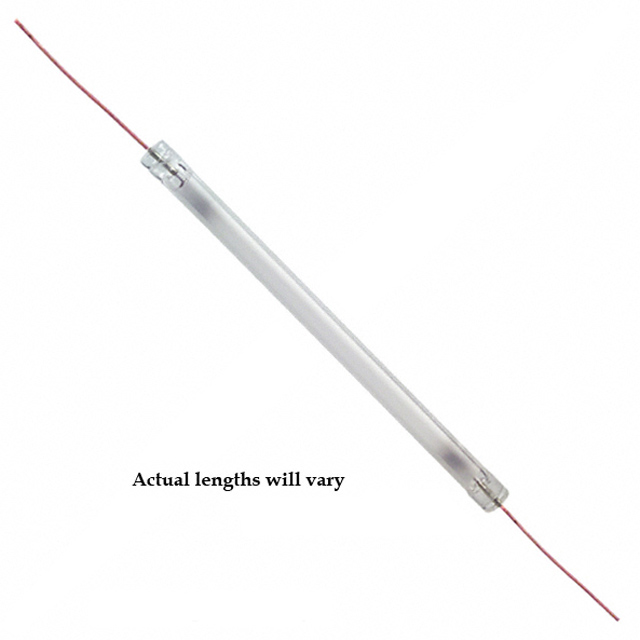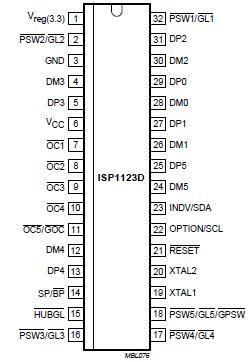ISP1123: Features: · High performance USB hub device with integrated hub repeater, hub controller, Serial Interface Engine (SIE), data transceivers and 3.3 V voltage regulator· Complies with Universal Serial...
floor Price/Ceiling Price
- Part Number:
- ISP1123
- Supply Ability:
- 5000
Price Break
- Qty
- 1~5000
- Unit Price
- Negotiable
- Processing time
- 15 Days
SeekIC Buyer Protection PLUS - newly updated for 2013!
- Escrow Protection.
- Guaranteed refunds.
- Secure payments.
- Learn more >>
Month Sales
268 Transactions
Payment Methods
All payment methods are secure and covered by SeekIC Buyer Protection PLUS.

 ISP1123 Data Sheet
ISP1123 Data Sheet








